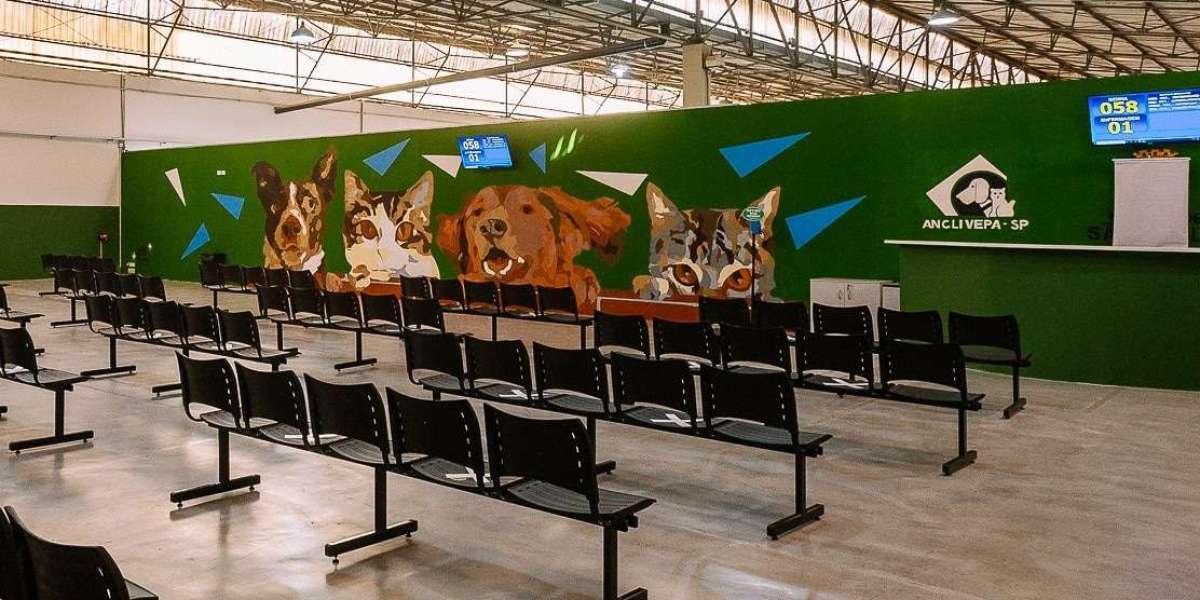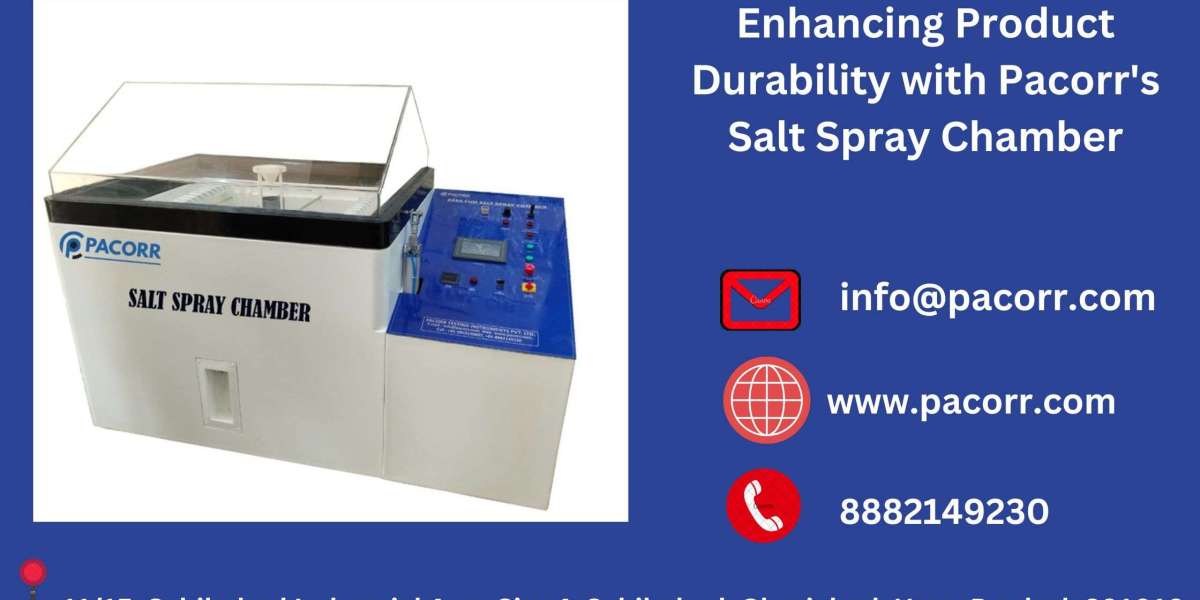Understanding Herniated Discs
A herniated disc occurs when the soft inner gel of an intervertebral disc protrudes through a crack in the tougher exterior of the disc. This condition is often referred to as a slipped or ruptured disc. Herniated discs typically arise due to degeneration from aging, as well as from sudden trauma or repetitive stress to the spine. It can occur in any region of the spine but is most commonly found in the lower back (lumbar spine) and neck (cervical spine).
The symptoms associated with a herniated disc can vary significantly based on the location of the rupture and whether it compresses nearby nerves. Common signs include localized pain at the site of the herniation, radiating pain, numbness, or tingling in the limbs. Additionally, individuals may experience muscle weakness in specific areas of the body, reflecting nerve involvement. It is important to note that a bulging disc differs from a herniated disc in that a bulging disc maintains its outer layer, while a herniated disc involves an actual rupture of that layer.
Risk factors for developing a herniated disc include age, genetics, lifestyle choices like smoking, and occupational hazards involving heavy lifting or repetitive movements. Diagnostic procedures often utilized in identifying a herniated disc include physical examinations, imaging tests such as MRI or CT scans, and nerve conduction studies to assess the function of the affected nerves. Understanding the various aspects of a herniated disc is crucial for distinguishing it from conditions like sciatica, particularly because while herniated discs can lead to sciatica, they are not the same. An accurate diagnosis is essential for effective treatment and management of pain.
What is Sciatica?
Sciatica is characterized by pain that radiates along the path of the sciatic nerve, which runs from the lower back through the hips and buttocks and down each leg. This condition is often associated with irritation or compression of the nerve roots in the lumbar region of the spine, commonly stemming from a herniated disc, bone spur, or spinal stenosis. Understanding sciatica is vital for differentiating it from other types of back pain and conditions that may mimic its symptoms.
The primary cause of sciatica is typically attributed to a herniated disc. When the soft inner gel of the disc protrudes through a tear in the tough outer layer, it can press against nerve roots in the spine, leading to inflammation and pain. Other potential causes include lumbar spine issues such as degenerative disc disease or spinal stenosis. Lifestyle factors, such as obesity, prolonged sitting, and a sedentary lifestyle, can also increase the likelihood of developing sciatica.
Sciatica presents with a variety of symptoms. The most common sign is a sharp, shooting pain that may be felt in one leg, often exacerbated by movements like standing up or sitting down. Other symptoms may include numbness, tingling, and weakness along the affected leg. Unlike general back pain, sciatica typically manifests on one side of the body, distinguishing it from nonspecific back pain that can occur uniformly across the back.
Complications from sciatica can arise if left untreated, leading to chronic pain or conditions affecting mobility. Risk factors such as older age, diabetes, and occupations that require heavy lifting or prolonged sitting are significant contributors to the development of sciatica. Recognizing these elements is crucial for prevention and timely intervention, establishing a more comprehensive understanding of this complex condition and its relationship to herniated discs.
Key Differences Between Herniated Discs and Sciatica
Understanding the distinction between herniated discs and sciatica is crucial for accurate diagnosis and effective treatment. While both conditions can cause debilitating pain, they stem from different underlying issues and present distinct symptoms.
A herniated disc occurs when the soft, inner core of a spinal disc protrudes through the outer layer, often due to wear and tear, injury, or aging. This condition tends to manifest through localized pain at the site of the herniation, but it can also lead to radicular symptoms if the disc material compresses nearby nerve roots. The pain may be accompanied by numbness, tingling, or weakness in the arms or legs, depending on the location of the herniated disc within the spine.
In contrast, sciatica refers specifically to the pain experienced along the sciatic nerve, which runs from the lower back down to the legs. Sciatica is typically caused by either a herniated disc or other factors such as spinal stenosis or piriformis syndrome. The pain associated with sciatica usually radiates from the lower back into the buttocks and down one leg, and may also include tingling or a burning sensation. Therefore, while a herniated disc can cause sciatica, not all sciatica is due to a herniated disc.
Diagnosis of herniated discs generally involves imaging techniques such as MRI or CT scans, which can clearly show disc displacement. For sciatica, healthcare providers often utilize a combination of medical history, physical examinations, and imaging tests to determine the underlying cause of the nerve pain. Treatment approaches also differ; herniated disc patients might require physical therapy, medication, or in more severe cases, surgical intervention, while sciatica may respond well to conservative management like pain relief medications and stretching exercises.
In conclusion, while both herniated discs and sciatica are associated with back and leg pain, they are separate conditions that may occur independently or together. Understanding their differences is imperative for seeking appropriate medical interventions and alleviating symptoms effectively.
Treatment and Management Options
When distinguishing between herniated disc vs. sciatica: what’s the difference?, it becomes essential to understand the various treatment and management strategies available for each condition. Both issues can be highly disruptive, yet their management approaches share some similarities while also requiring tailored interventions.
Initially, conservative approaches often serve as the first line of treatment for both a herniated disc and sciatica. These strategies usually incorporate physical therapy and pain management techniques. Physical therapy focuses on strengthening back muscles, improving flexibility, and teaching correct body mechanics, all of which can help alleviate the pain and discomfort associated with these conditions. Pain management may involve the use of non-steroidal anti-inflammatory drugs (NSAIDs) and lifestyle modifications aimed at reducing pain triggers.
In more severe cases where conservative treatments fail to provide relief, more invasive interventions may need to be considered. For individuals with a herniated disc, surgical options such as discectomy or spinal fusion may be indicated, particularly if neurological issues arise. In cases of sciatica, surgery is usually reserved for those experiencing debilitating symptoms that persist despite other treatments or indicative signs of nerve damage.
Preventive measures play a critical role in managing both conditions. Maintaining an ideal weight, practicing proper lifting techniques, and engaging in regular exercise can significantly reduce the chances of recurrence or worsening of symptoms. Furthermore, individuals should seek medical attention when symptoms do not improve after a reasonable period of conservative treatment or when experiencing severe pain, sudden weakness, or bowel and bladder dysfunction, as these may indicate more serious conditions requiring urgent care.










